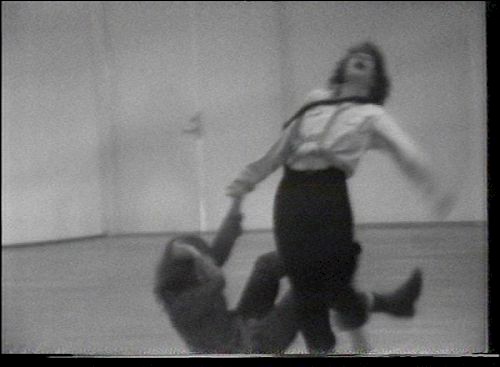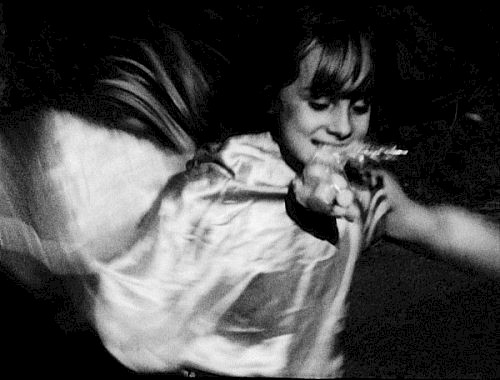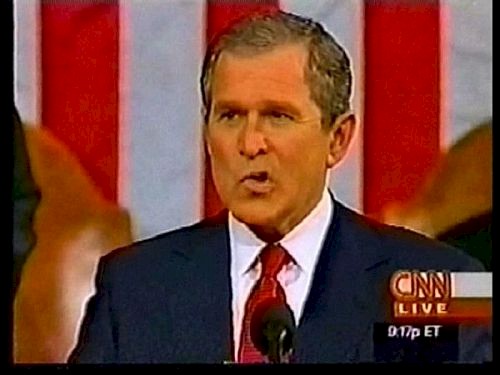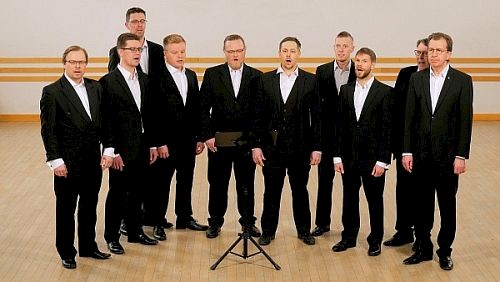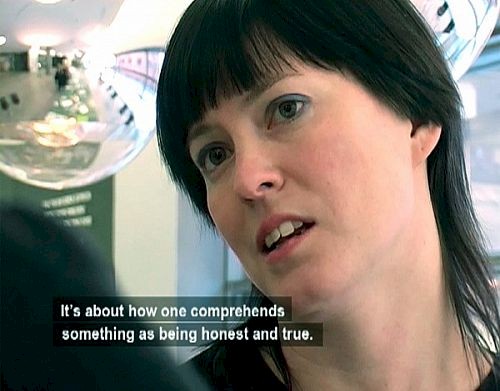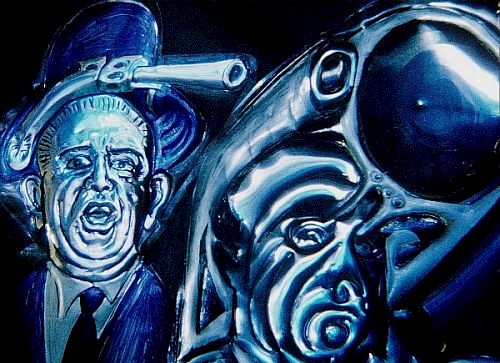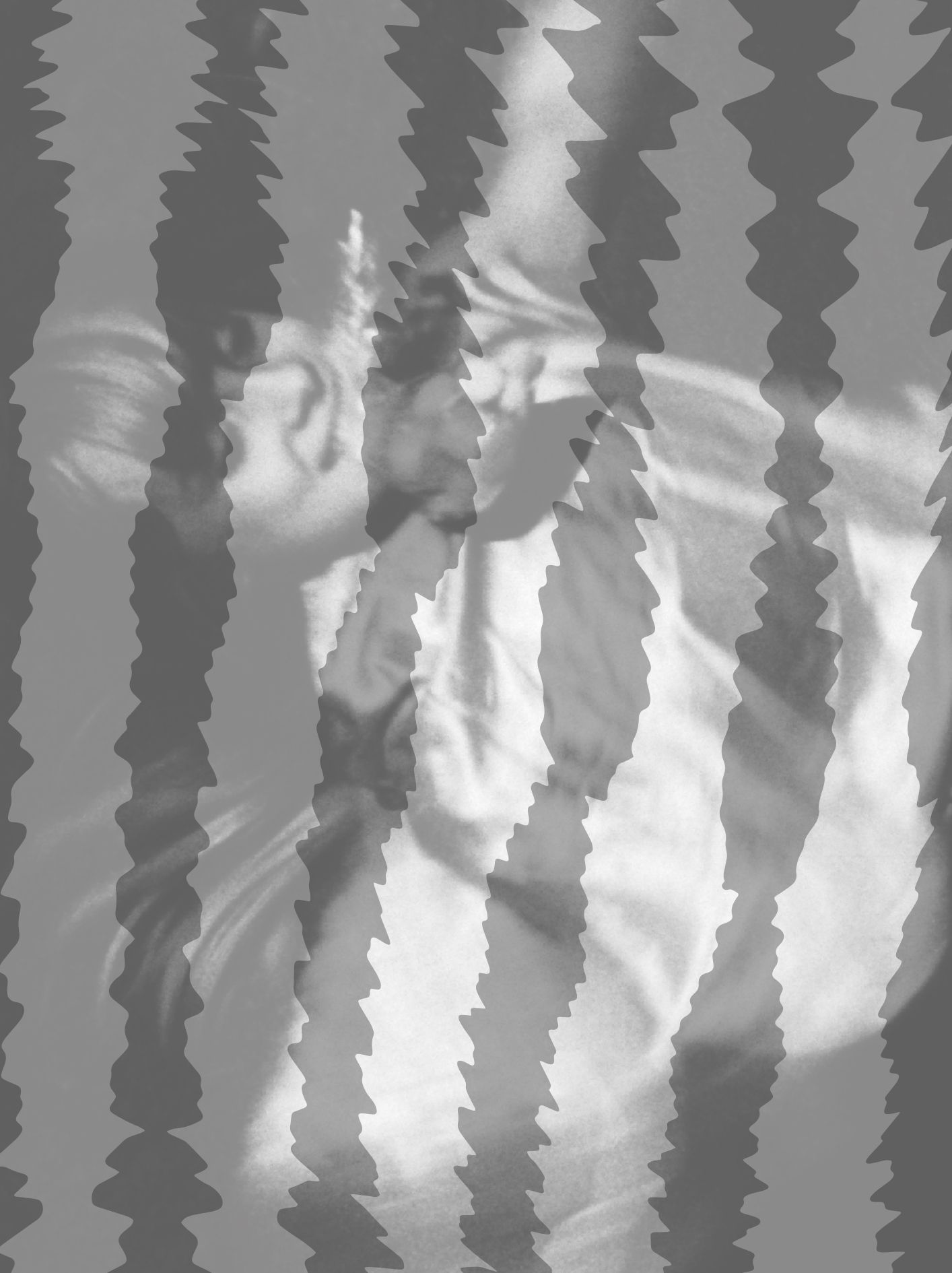Filmform was established in Stockholm in 1950 under the name Svensk Experimentfilmstudio. The organization was initiated by a group of artists, critics, and poets joined by their common dedication to experimental film. During the first three years the association spent most time discussing the film medium which resulted in a sparse but initiated magazine. The group was then reorganized into Arbetsgruppen för film and the focus shifted from producing text to experimental film production. The group assisted their members with equipment, film stock, shooting and helped editing each other’s films on 16mm. During the 1960’s the association turned into a foundation and in the early 1970’s the name was changed to Filmform.
Since 1999 Filmform has received an annual support from the Swedish ministry of culture. Following this event an archive was made possible and organized along with a new structure for distribution. Today the distribution catalogue spans from 1924 to the present, including works by Sweden’s most prominent artists and filmmakers within the field of moving images. Nearly 1 000 films and video works are available to rent for public screenings and exhibitions as well as for educational purposes. The archive in total contains about 4 000 titles available for research on site in Stockholm.
Filmform provides artists with support in ways to find financial backing, producers and technical advice for their film productions and most importantly pays them royalty for every film rental. Even though the organization celebrates 70 years in 2020, Filmform still struggles to call attention to the need for decent preservation and status of Swedish experimental film and video art within the art field. All in order to make these unique works available to be seen by new eyes in the future. We would like to thank Collectif Jeune Cinema for inviting Filmform to celebrate 70 years in this inspiring context.
This programme reflects the many ways voice is used in the broad range of artists moving images contained within the Filmform collection. Glo-babel by Olle Hedman acts as a starting point in its exploration of colleague Åke Karlung and his Tower of Babel constructed at Moderna Museet, Stockholm back in 1977. The film looks at the implications caused by globalization and the ever-growing hegemony of American pop culture. Confusion and overlapping of spoken languages are then brought forward in the early video work Overflow Indications by Teresa Wennberg. A silly fight proceeds in a gallery space as a voice reading complex art theory shifts between different languages and modes of speech. The programme continues by investigating how the voice can be used as a rhythmic tool, an instrument of sorts. In Gunvor Nelson’s iconic work, MY NAME IS OONA, the recurring voice of a child becomes a strong manifestation of identity. Rhythmical aspects are further highlighted in Andreas Gedin’s contest Christophe & Christophe where two men sharing the same name are asked to come up with a new word every second, led by a metronome.
What remains when the voice is absent, or a language is transferred to a different cultural sphere from where it originally belongs? The question is brought to the fore in the second phase of the programme. No Time to Fall by Maria Friberg is made up by all the time George W Bush pauses and hesitates during the State of the Union speech following his inauguration. In Saskia Holmkvist’s meta layered interview featuring herself, neoliberal media strategies are exposed in bright daylight. In this prevailing order only symbols and performance matters, not actual content. With the use of Finnish male choir Välimiehet, singing Annie Lennox classic pop song, Sisters Are Doin’ It for Themselves, artists Timo Menke and Nils Agdler reflect changes in gender roles and masculinity. Marit Lindberg’s brief Practical Chinese reveals how the Chinese word shí shí generates completely different meaning by slightly shifting the pronunciation. In the final work, we return to the start and the artist Åke Karlung. His newly restored Homo Ludens tells the tale of the playing man using text, animated images and distorted language. What appears to be a Western fiction develops into a cacophonic ride through human development and oppression, firmly led by the evolving voice of the artist.
Filmform is supported by the Ministry of Culture through the Arts Grants Committee and the Swedish Arts Council.

